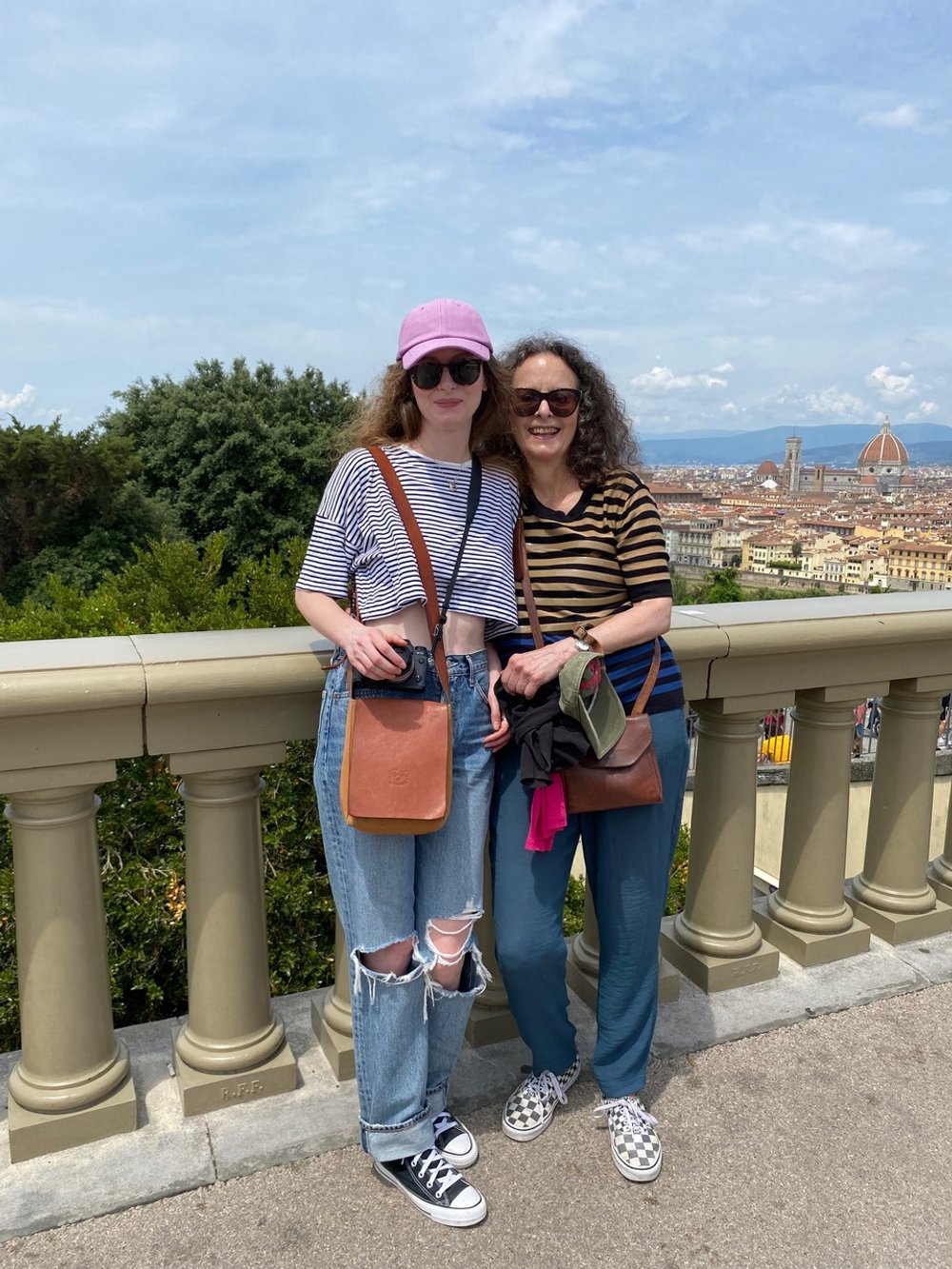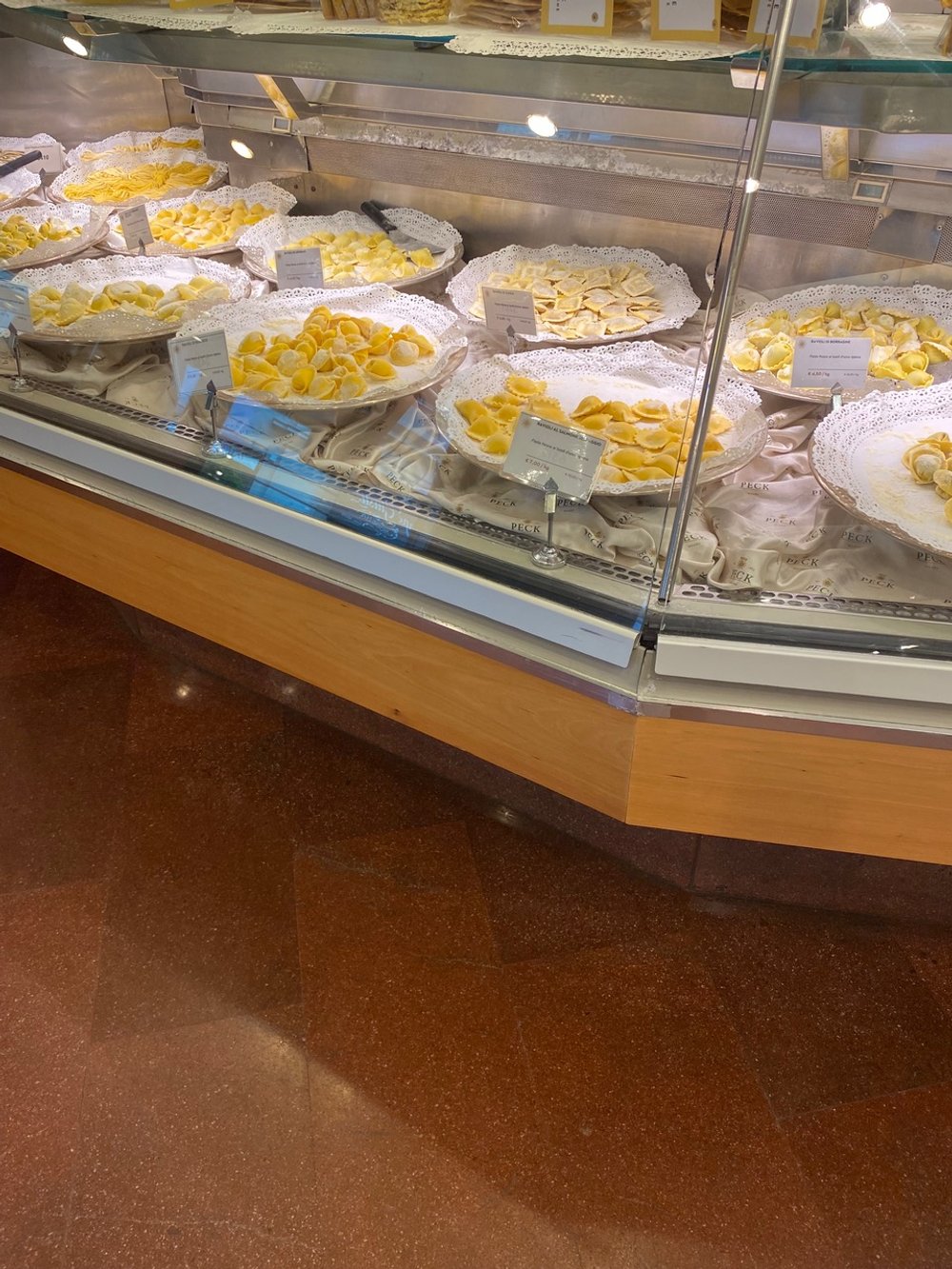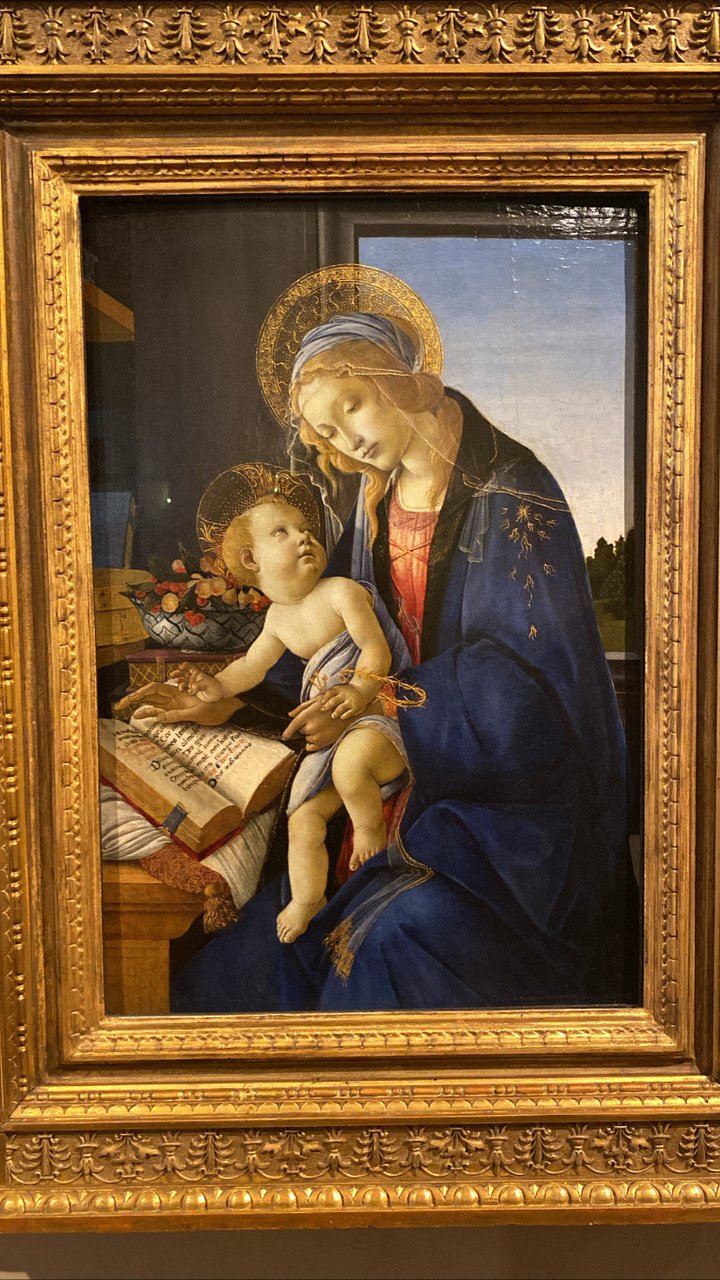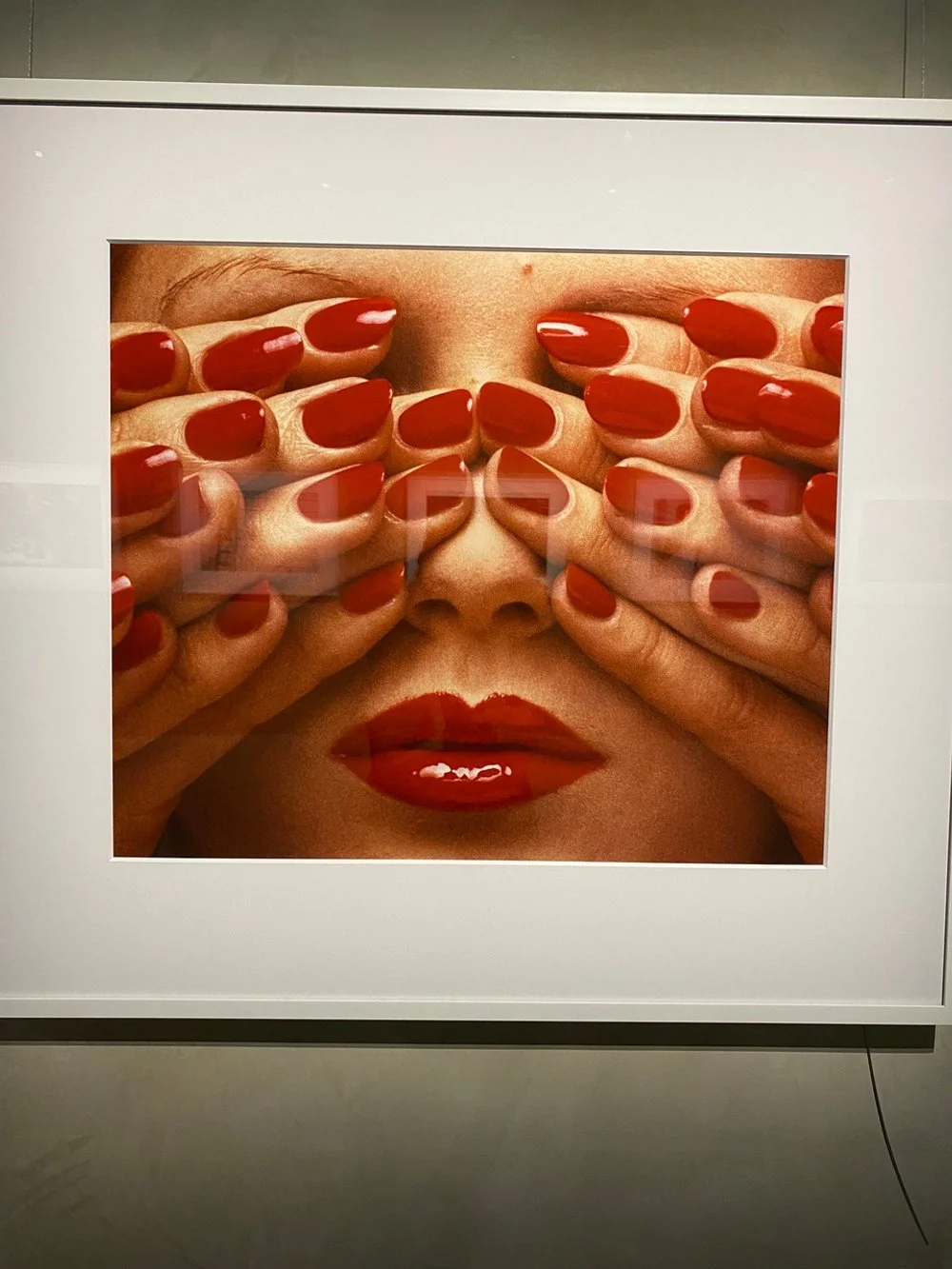Peckish at Peck
Ginevra & me at Piazella Michelangelo overlooking the City of Florence
Bienvenue and welcome back to Musée Musings, your idiosyncratic guide to Paris and art, reporting for a second week from Italy. From where we just returned on Friday night. In time (barely) to have dinner with our friends John and Ellen, who were themselves just back from Corsica and on their way home to New York. Just in time to see Kathy from D.C. and catch up with Barb for whom Paris is also home, but who is now thinking that Nice might be nicer.
We’re exhausted. Exhausted because traveling is hard. Has always been hard. Well, not for my son (or my husband before him) who never passes up the chance to sit at a cafe and order a café creme or to find a bar stool and order whatever’s on tap. But hard for me and Ginevra. Because we compile lists of monuments to see and places to go. And then we work through those lists. Exhausting!
It is true that the organizations currently managing museums and monuments have made them easier to visit. But somehow, visiting hasn’t gotten any easier. Mostly because whimsy is out the window. Pre-booking is essential. Advance booking, not same day booking. At least not in Florence. Not in June. And so it was with the Uffizi, the Bargello, the Academia and the Brancacci Chapel. Please don’t ask about standing in Line A to pick up reserved tickets and then crossing the street and another line, to get into the Uffizi. To be repeated at the Academia. And of course, there is always the dreaded ‘chiuso per restauro’ sign on some monuments. Like Orsanmichale, draped in scaffolding and closed to the public (although included in the ‘global’ ticket I bought but which ticket was not reduced because it wasn’t open).
When I began my annual travels to Europe, Frommer’s Europe on $5 a Day had already become Europe on $10 a day. My husband and I didn’t use those guides, but they were an indication of the steady decline of the dollar’s value against European currencies. We mostly relied on the Michelin Guide for places to stay and eat. And for erudite commentary, we relied upon the Companion Guide series, mostly written by art historians. Eve Borsook for Florence, Hugh Honour for Venice, etc. The Companion Guide series has long been out of print, but the discussion of the Medici in Florence and the Doges in Venice hasn’t changed. They’re good value if you can find them. Now alas, my companions rely on me for erudite commentary.
Me explaining the finer points of something or other
Frommer has been replaced by Rick Steves who doesn’t judge. He lets you be you and gives you a range of options for a range of prices. We mostly rely on his books for how to get to places (not always accurate, but a start), and sometimes where to eat (although his tastes are not always ours). But to be honest, we have found some quirky, out of the way places that only a native would know about, and sometimes not even them, using his guides. For example, Ginevra and I once stayed in a simple room on the Ile de la Cité, which has no hotels - only the Hôtel Dieu (a hospital) and Notre Dame (a church). The room was on, I think, the 6th floor of the Hôtel Dieu. Originally intended for people visiting patients in the hospital, when the hospital added bathrooms and air conditioning, they opened the hotel to the public. Our room didn’t have any windows, just a skylight through which we could see the spires of Notre Dame from our beds. That’s the kind of recommendation you can find in Rick Steves’ guides.
The apartment we rented this year in Florence was just steps from the Arno, so we found ourselves on the other side of the Arno (Oltrarno) a lot. One year, my husband and I booked a simple room in a hotel just across from the Duomo. Our hotel room window opened up onto a glorious view of it. It would have impressed E.M.Forster. Another year, we stayed on the Piazza Santissima Annuniziata. That time, we were just across from and on the same level as, Andrea della Robbia’s swaddled bambini on the facade of the Ospedale degli Innocenti (Foundling Hospital).
Standing in front of the Ospedale degli Innocenti on the Piazza Santissima Annunziata
Ginevra in Swaddled bambino pose
The year my husband and I stayed at the hotel with a view of the Duomo, I had a chance to stay on in Florence for another two weeks with my friend, Phil who was researching early modern childhood something or other on a Fulbright scholarship. He had a little office at the Ospedale. He did research everyday although we met up for lunch and then again for dinner. And he borrowed a car for the weekend. That year I saw layers and layers of Florentine history. It was October and it was raining. One skill I learned was how to handle an umbrella on a crowded street. If you are on the inside, you hold your umbrella up, if you are on the outside, you hold it out, at an angle. From a distance, it looks like a dance.
But I digress … In spite of all those timed entries, including one to Benozzo Gozzoli’s fabulous Journey of the Magi at the Palazzo Medici-Ricardi, we did have time to simply wander.
Me in front of Journey of the Magi, Benozzo Gozzoli, Palazzo Medici-Ricardi
G in front of Journey of the Magi, Benozzo Gozzoli, Palazzo Medici-Ricardi
We spent an agreeable morning in the immense Boboli Gardens, admiring grottoes and boscs and fountains. A quick fountain lesson - in Rome where there is lots of water, the water does the work. In arid Florence, the water trickles but the statues soar. Another morning we wandered over to the Piazzale Michelangelo and nearby San Miniato al Monte for stunning views of the city.
Boboli
Boboli, garden and a tuscan view!!!
Boboli with duomo
Grotto di Ginevra
Grotto
Frederico de Medici’s fave dworf as fountain
Selfie on Piazzale Michelangelo overlooking City of Florence
Although we had some culinary disappointments, we found a wonderful trattoria where we ate the best bistecca alla fiorentina ever. And enjoyed one of my favorite treats, cantucci and Vin Santo. The Italians always understand how Ginevra and I want to eat and they are never bothered by it. We share an appetizer, a pasta, a main and a dessert. Plates meant to serve one become the serving plate and we are each given another plate. It never costs more and it never makes anyone cross. And we taste every course on the menu.
Ginevra and Bistecca alla florentina
Cantucci and Vin Santo
In Milan our apartment was in the lovely and elegant Brera district. Milan was less crowded and except for the Cathedral roof, over which we scampered for the best part of a morning, serenaded by the La Scala orchestra practicing for an open air concert the next evening, we didn’t have to book anything. And the Milanese drivers didn’t try to run us over as the Florentine drivers were hell bent upon doing. But except for two lunches at a restaurant specializing in mozzarella, every place we tried to book, was booked. Peck to the rescue! I remember when my husband and I first went to Peck nearly 40 years ago. The prices seemed exorbitant. But after years of buying prepared food at the Grand Epicerie in Paris, and now at Eataly, too, the prices didn’t seem high. And if you compare the quantity and quality of food you do get with a meal at a restaurant, then all of the sudden Peck seems less like a privilege and more like a bargain!
Selfie on roof of Milan Cathedral
dancing on the Cathedral roof
peek a boo
View from our restaurant in Milan
Peck Pasta
Peck fruits & vegetables
I had never been to the Brera Museum before. It’s a huge museum filled with mostly minor masterpieces by minor masters. Except for a few paintings that I know as well as I know, let me think, the features of my own daughter’s face. Paintings that are featured in Frederick Hartt’s massive tome, Italian Renaissance Art. A compendium of Italian Renaissance art that is as thick as Janson’s History of World Art, and Gardner’s version of the same. In Hartt’s book, you can find Raphael’s Marriage of the Virgin. Don’t you just love the way one of the losing suitors, in a snit, breaks his rod over his knee when Joseph wins the Virgin’s hand?
Marriage of the Virgin, Raphael, Brera Museum
And Piero della Francesca’s, Madonna and Child with Saints, Angels and Federico da Montefeltro. Oh that suspended egg, oh that broken nose profile of Federico da Montefeltro - and that’s his good side.
Madonna and child with Saints, Angels and Federico da Montefeltro, Piero della Francesca, Brera Museum
And the best known of all, Mantegna’s Dead Christ with Mourners - the foreshortening that beats all other efforts to do the same. So, that was a satisfying experience.
Dead Christ with Mourners, Andrea Mantegna, Brera Museum
Maybe we should have gone directly to those paintings and not looked at quite so many Virgin and Child paintings by who knows who (whom?). Except that the Brera does a few things that makes it an interesting museum even if the paintings aren’t especially, or sometimes at all. Firstly, along with art historical information about some of the paintings, there are a few sentence written by non-art historians. Like Sarah Dunant, whose books The Birth of Venus (about a young Florentine Renaissance woman, betrothed to an older man who turns out to be her brother’s lover) and In the Company of the Courtesan, about a courtesan who flees the Sack of Rome (1527) for Venice. And Larry Weschler, whose writings I know from the New Yorker.
And at the Brera, in glass rooms, out in the open are conservators working on paintings and storage areas where paintings not on view are kept. Both give you a ‘behind the scenes’ glimpse at a museum at work. The museum is attached to an art school so the commitment to pedagogy is part of its mission.
Another day we went to the Poldi-Pezzoli Museum, which, like the Jacquemart-André Museum in Paris, is the personal collection of wealthy art patrons. Among the first rate paintings there are a beautiful bust portrait of a young woman by Pollaiuolo and two fabulous paintings by Botticelli, one from before Savonarola came to Florence to preach and one from after he had begun preaching.
Portrait of a young woman, Pierro del Pollaiuolo, Poldi-Pezzoli Museum
Virgin and Child, Sandro Botticelli before Savonarola began preaching in Florence
Dead Christ, Sandro Botticelli, after Savonarola began preaching in Florence
We ventured further out one day, to visit Armani Silos, a former silo transformed into a museum by Giorgio Armani.
Ginevra waiting to be fed at Armani Silos
There are three floors of Armani fashion, but while the clothes were beautiful, unlike the Dior Museum or Yves St. Laurent Museum here in Paris, there is no text, there is no contextualizing. On the ground floor there was an exhibition of photographs by Guy Bourdain, who studied with Man Ray. Photographs mostly for ad campaigns for the shoe company Charles Jourdain - photographs that are edgy and provocative.
Guy Bourdain hommage to Man Ray
Guy Bourdain for Charles Jourdain shoes
Guy Bourdain for Charles Jourdain shoes
A couple of gals enjoying an Alsatian repas of sausages and sauerkraut
I’m happily back in Paris now, looking forward to a summer filled with adventure. Here’s an article about Man Ray and Lee Miller and fashion photography.
Thanks so much to those of you who took time to Comment this week. I am, as always, grateful. Gros Bisous Dr. B.
Mini art exhibition at Milan Malpensa Airport, Terminal T1 - copy of Roman Lacoon group all tatted up.
Mini art exhibition at Milan Malpensa Airport, Terminal T1, Venus of Milos, with discreet tattoos
New comments on:
Art is Everything Everywhere All at once in Terrific Tuscany:
Glad you are having a fun time. Mother, daughter togetherness is awesome, Deedee, Baltimore
I haven't been to Florence since the summer of 1972. Beverly, should I go back? It probably can't be done for under $5 a day anymore. One of the few books I've kept all these years is Arthur Frommer's Europe on $5 a day. Frommer is now 91 years old and I no longer have an ISSTA card. Your trip sounds like a lot of fun, Sharon, Haifa
Lovely! I have saved your “little to the left” photo in my own photos, it’s so cute. (When was that photo taken? You don’t look “current.”) Your and your late-husband’s 3-towns-a-day protocol sounds perfettamente! Morris, N. Carolina












































